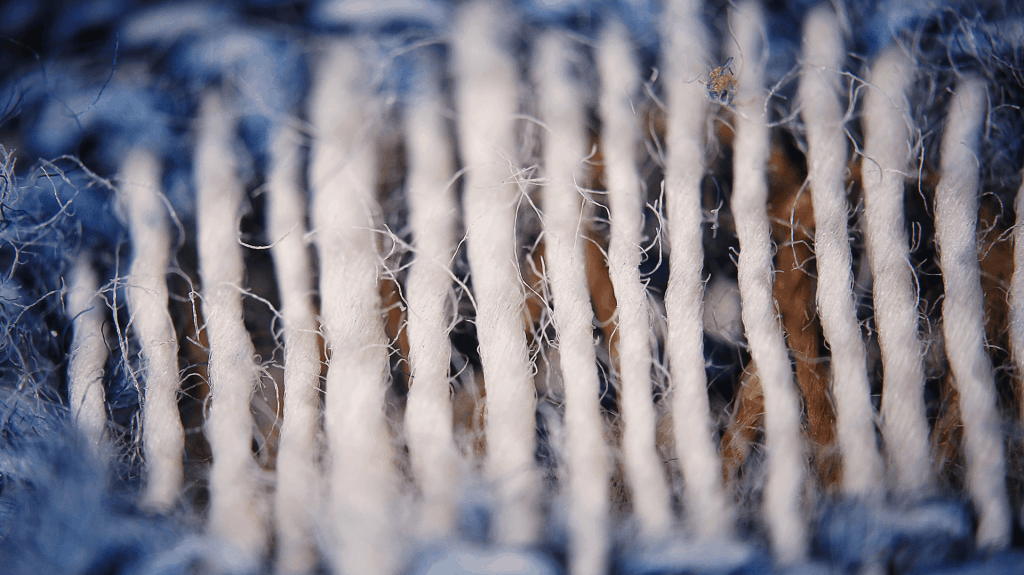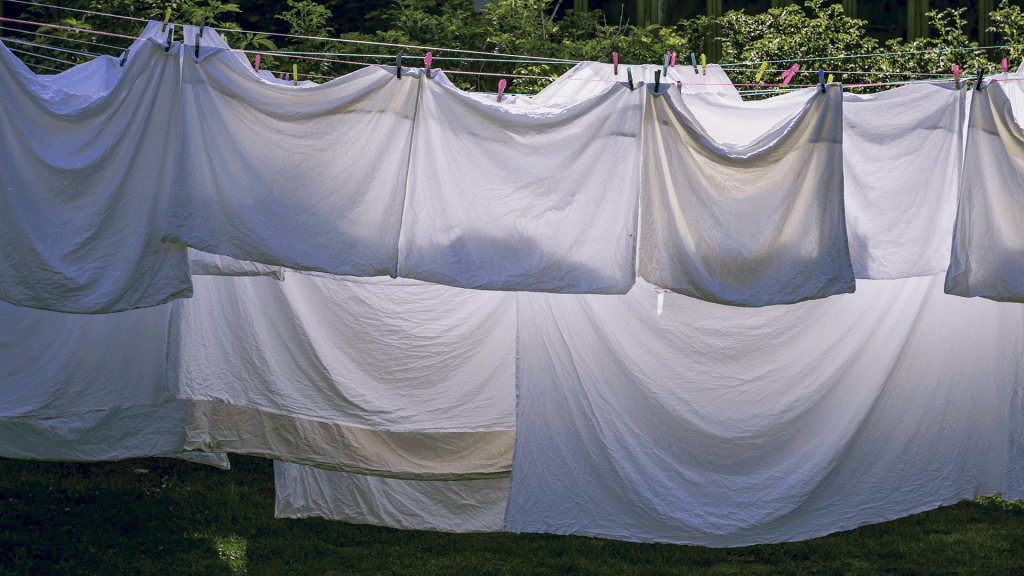Microfiber is used for a variety of applications. It has found its way into moisture wicking clothing, shammy towels, and of course, bed sheets. However, microfiber isn't actually fabric. It's more so a description of the threads that make up the fabric.
As the name implies, microfiber sheets are made of microfibers. A micro-fiber is essentially a super-thin fiber measuring 1 denier in diameter. These fibers are then tightly woven together using a percale or sateen weave to form a lightweight, but comfortable sheet.

Microfiber is a man-made fabric. Microfiber bed sheets are commonly made from polyesters and polyamides (nylon), as well as wood pulp. These synthetic materials are less prone to shrinking and wrinkling in comparison to cotton or linen.
With that said, there are a number of advantages to using microfiber sheets. There are also some note-able disadvantages. Let's take a closer look.
Durability of any fabric is contingent on the quality of the sheet being purchased. No matter how tightly woven a sheet is, if the material isn't durable it won't last long.
On its own, a microfiber is rather weak. However due to how the microfibers are woven together, the material is very durable. Unlike natural fabrics like cotton, microfiber won't break down as easily with frequent washes.
All fabric, whether natural or synthetic is susceptible to pilling. However, for the same reasons microfiber is less likely to pill. Finishing processes like singeing and mercerizing also minimize the chance of pilling even more.
In almost all cases, wash care for microfiber sheets is very easy. It's very rare to find microfiber bedsheets that specify dry-cleaning or special care instructions.
Typical washing instructions:

Most man-made, synthetic materials resist staining. However, the material type matters, a lot. For instance a polyester microfiber can absorb seven times it's weight in water. This makes this material a spill magnet.
It's important to distinguish between ABsorbent and ADsorbent. In the above situation the polyester material is absorbent. However, microfiber can also be adsorbent. Adsorbency is the retention/suspension of a liquid on the surface of the material. This results in a material that's relatively stain resistant.
Price is also highly dependent on the quality of the sheet that's purchased. In comparison to a high-quality natural option like cotton or silk, microfiber is much cheaper. On average you can expect to pay $15 - $30 for microfiber sheets.
Synthetic materials are often noted for being able to trap heat and make a sleeper feel excessively warm. While microfiber is moisture wicking, it's still tightly woven together; This can be great for durability, but it comes at the cost of heat retention.

If you're someone who suffers from night sweats or you're a hot sleeper, these sheets may not be for you. However, people who live in colder climates can benefit from the heat trapping nature of microfiber.
Microfiber sheets are notoriously thin, almost like paper in some cases. In order to avoid thin sheets you should look at the denier count. A higher denier count will result in a thicker sheet.
As you can see, microfiber sheets can be a perfect fit for most people. While they do have some downsides, they're affordable, easy to clean, and very durable. However, if you're a hot sleeper and suffer from night sweats, it's best to avoid microfiber.

Snoringsource.com is a participant in the Amazon Services LLC Associates Program, an affiliate advertising program designed to provide a means for website owners to earn advertising fees by advertising and linking to amazon(.com, .co.uk, .ca etc) and any other website that may be affiliated with Amazon Service LLC Associates Program.